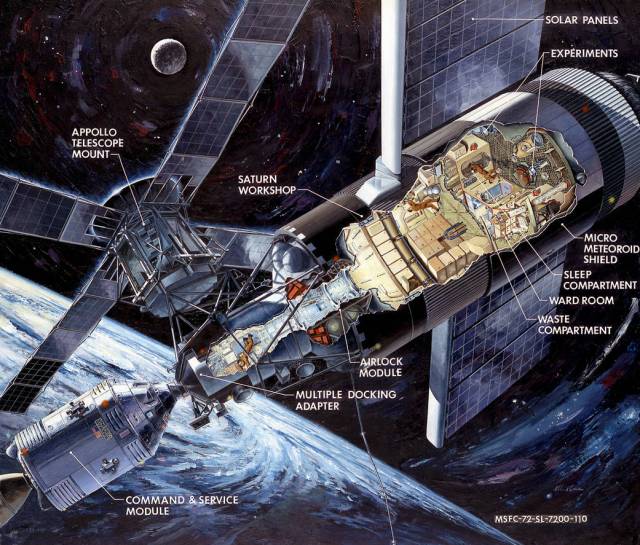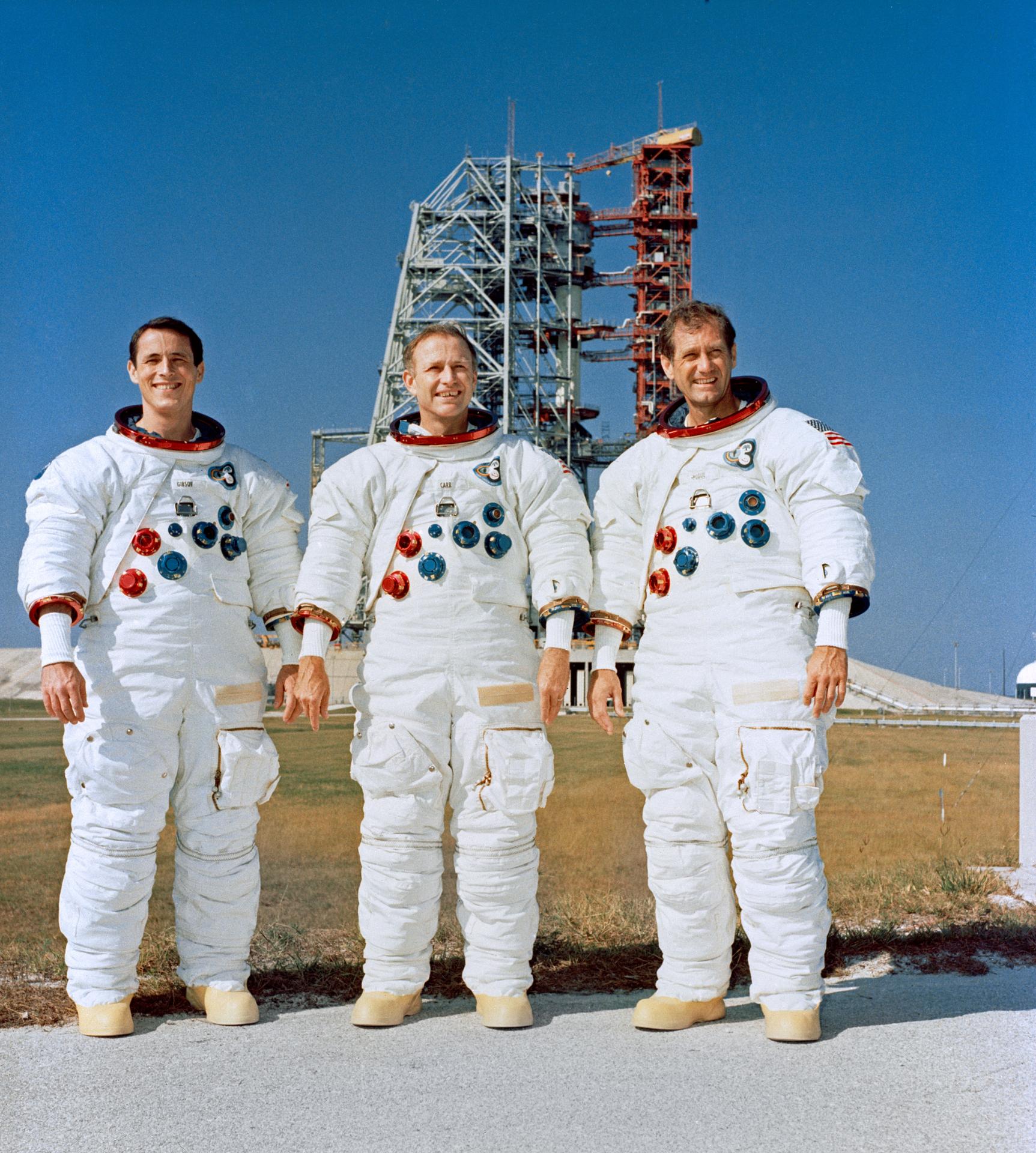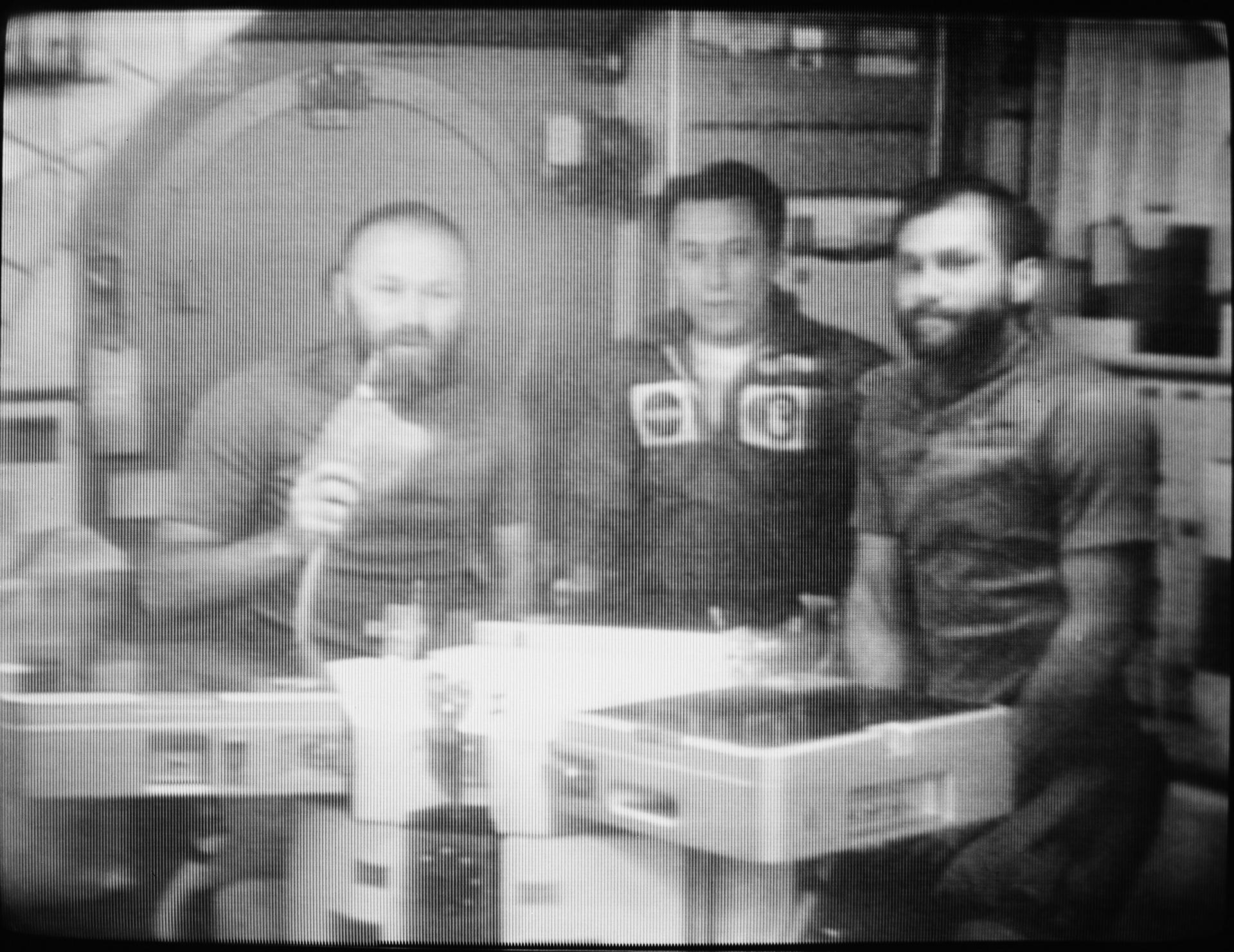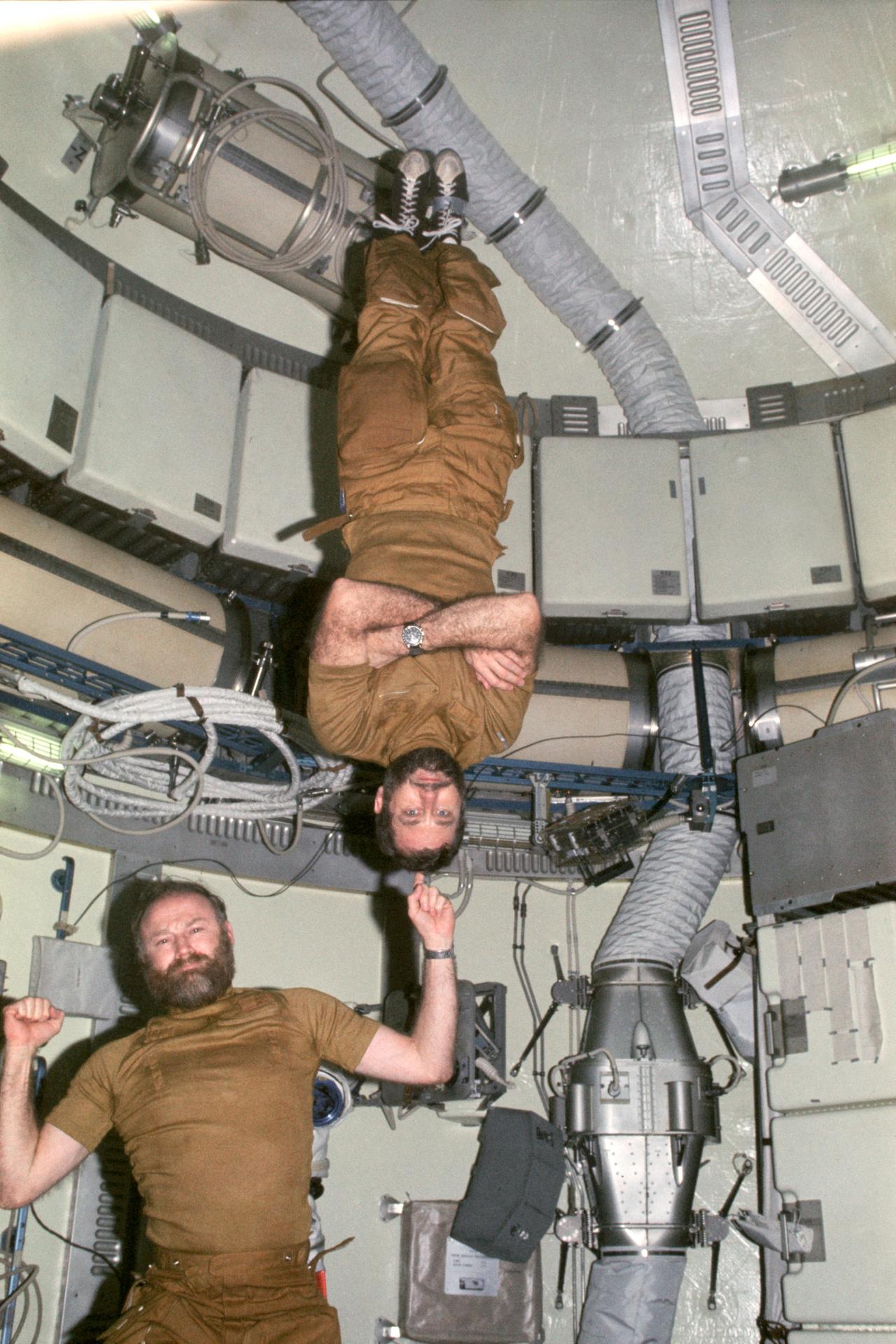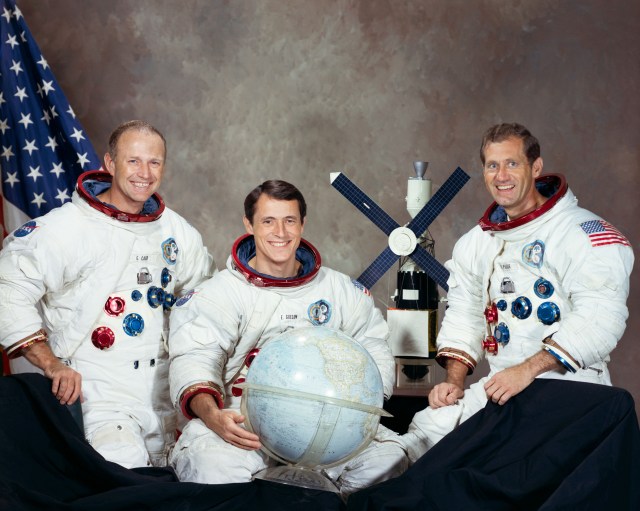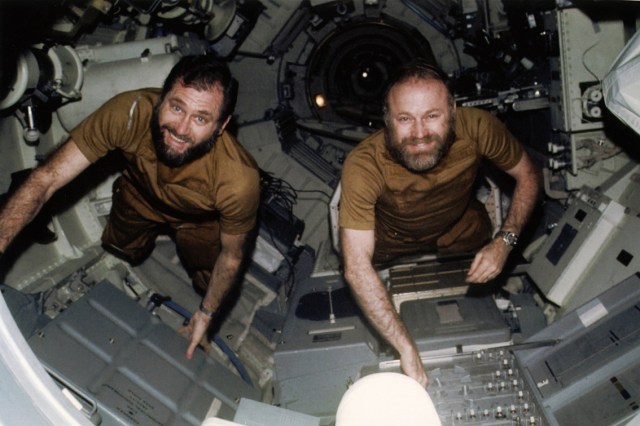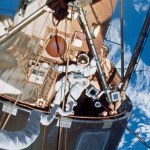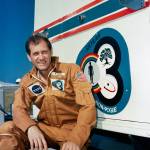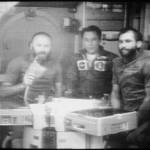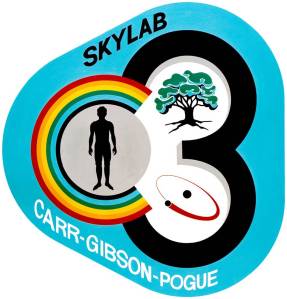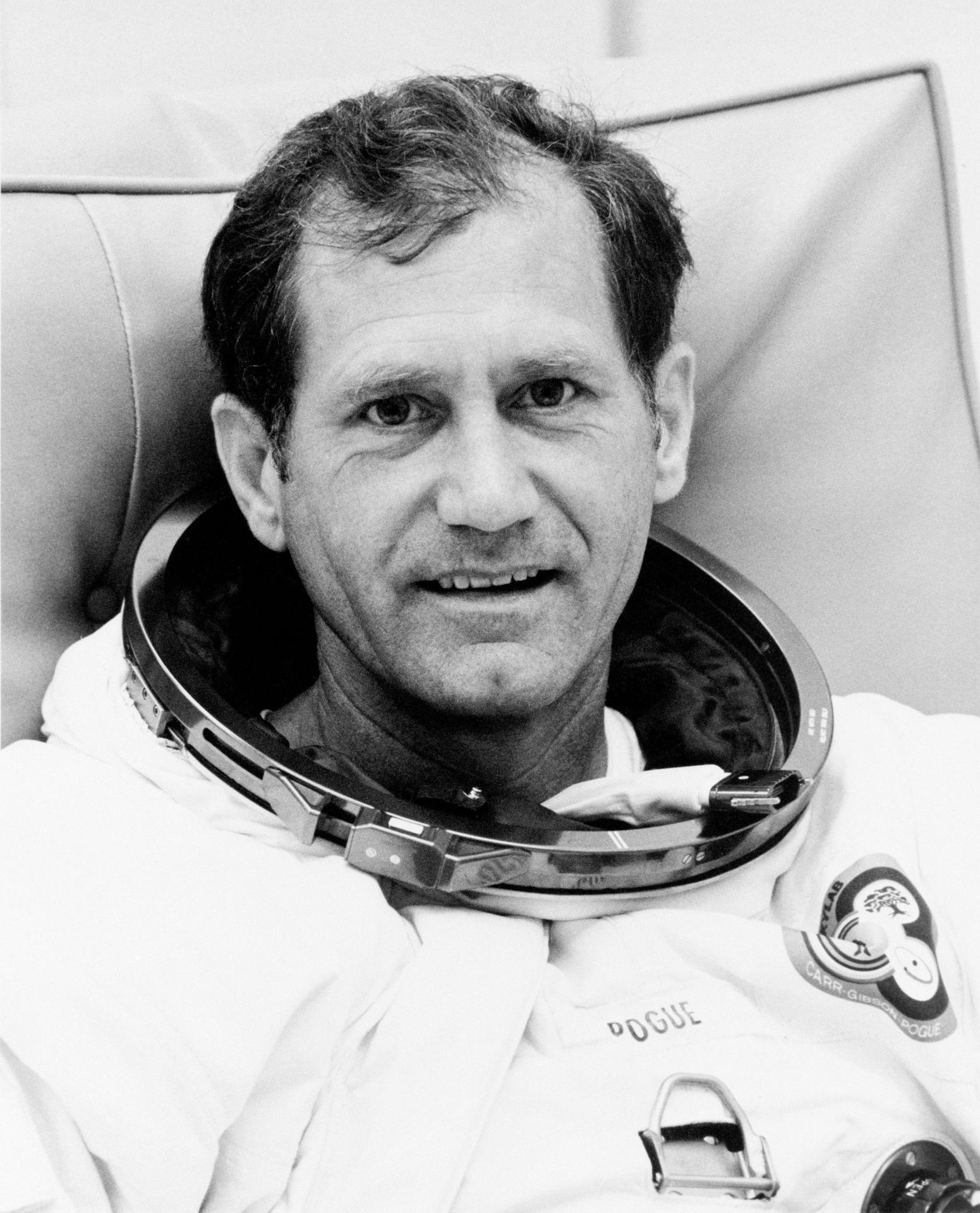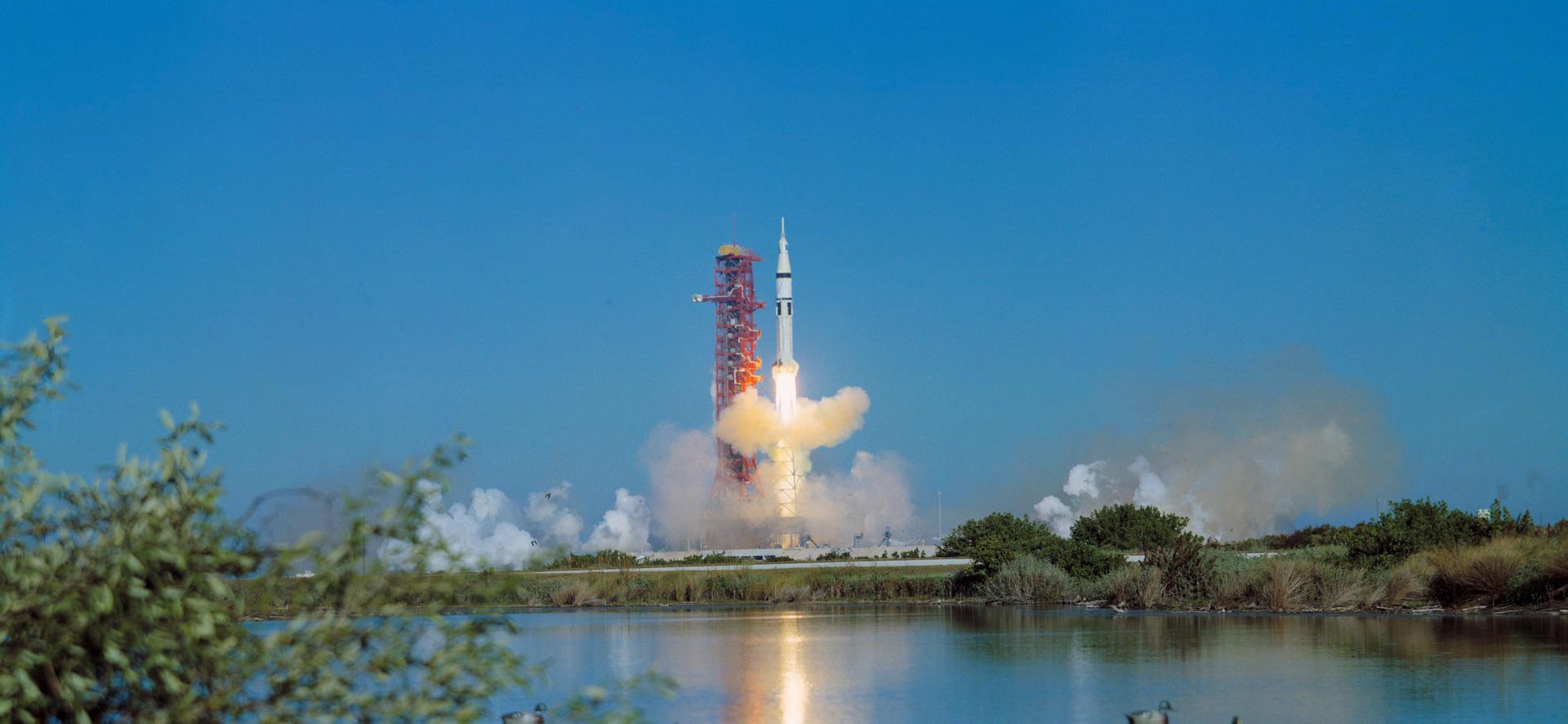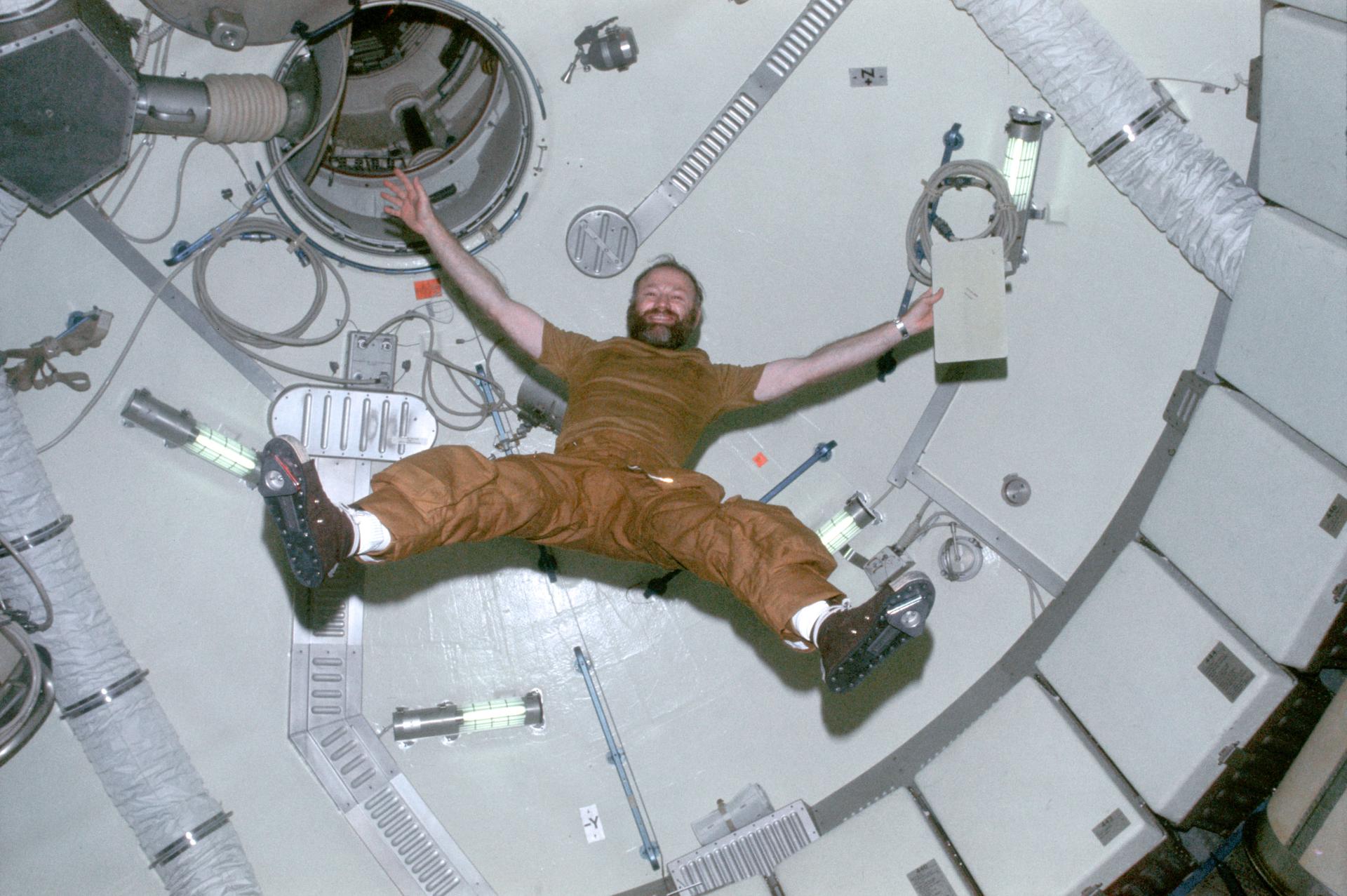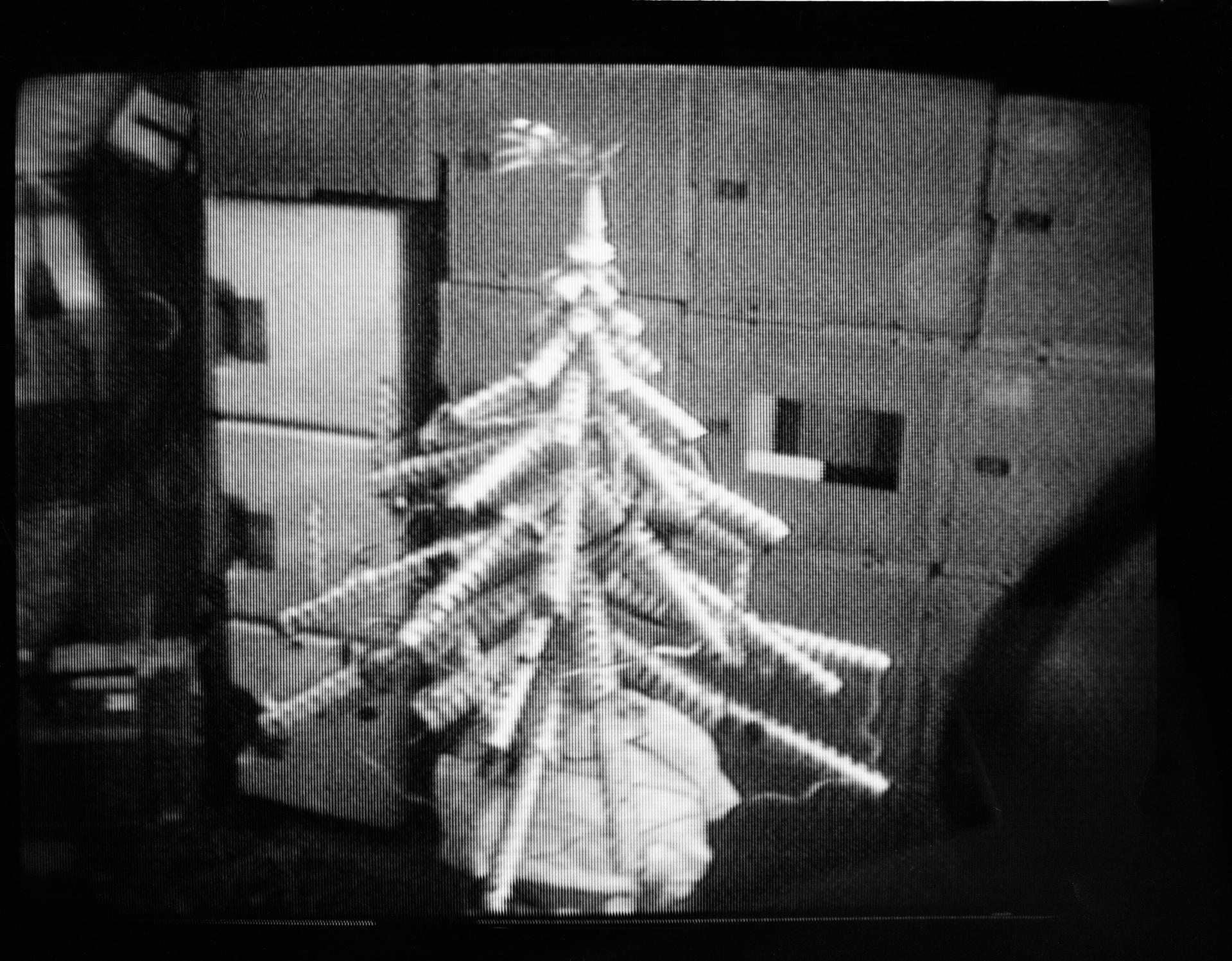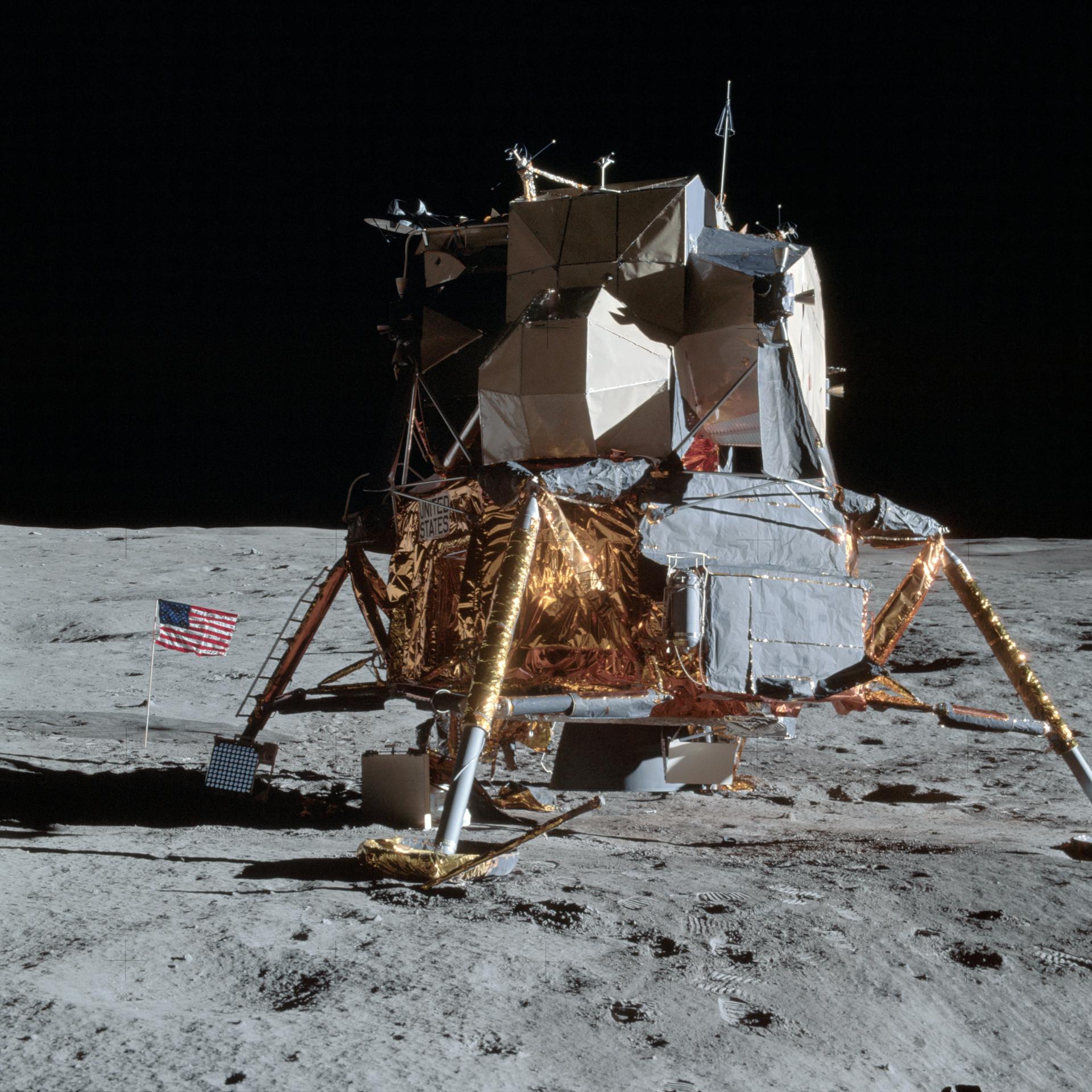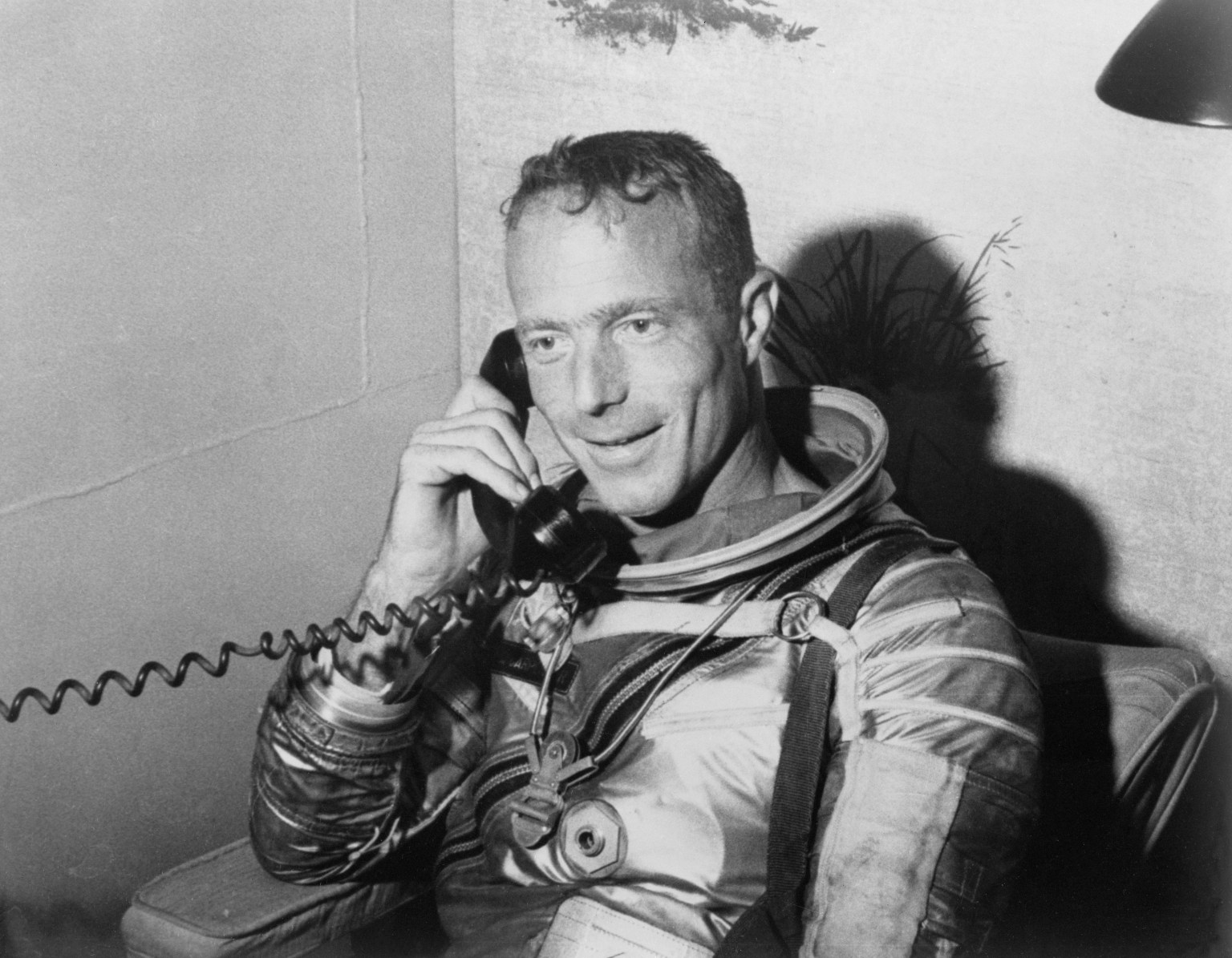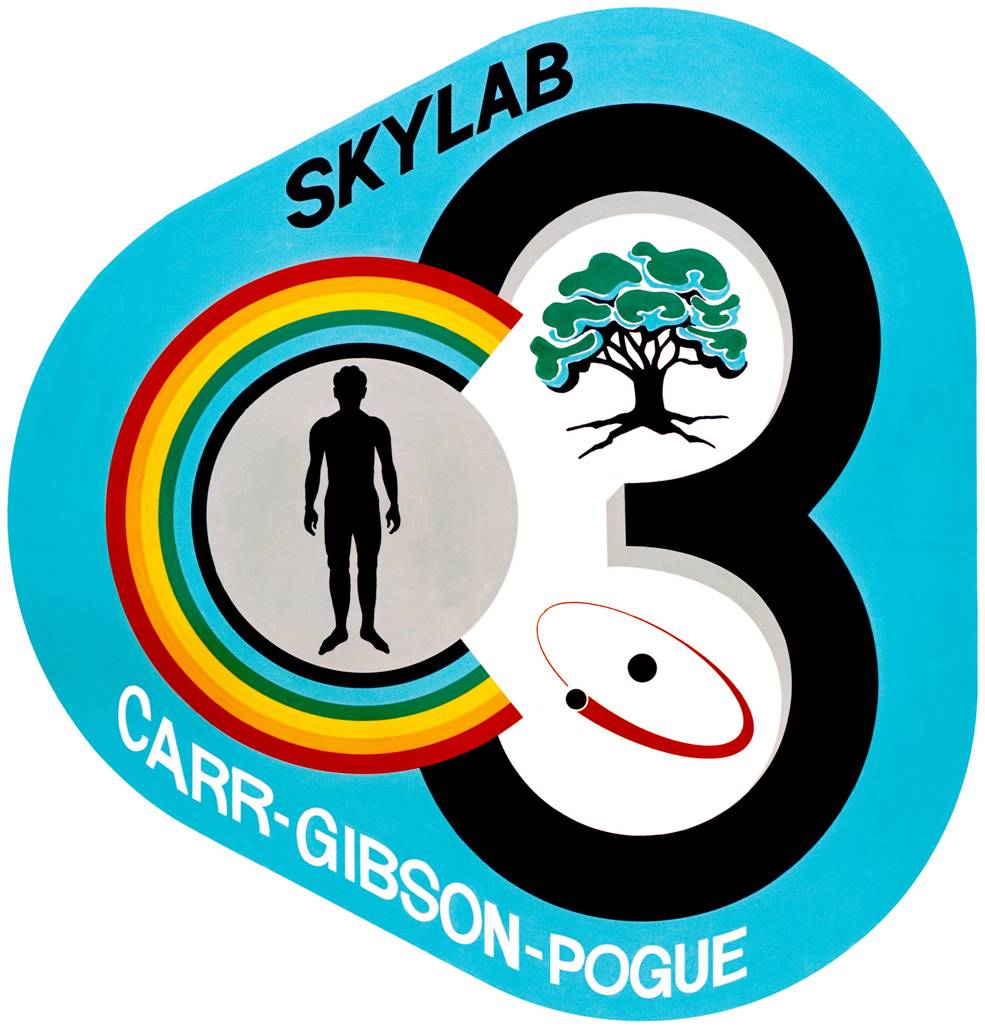
Skylab 4
The third and final crew to the Skylab space station completed a record-breaking 84 days in space while continuing the program's scientific objectives of making Earth resources, solar astronomy, and medical experiment observations.
Mission Type
crew
Launch
Landing
Skylab’s third crew was unusual in that all three astronauts were making their first trip into space. Gerald P. Carr, the commander, was a Marine Corps lieutenant colonel. Dr. Edward G. Gibson, science pilot, had joined NASA in 1965. The agency gave him pilot training. Lt. Col. William Pogue, U.S. Air Force, rounded out the crew in the pilot’s berth.
The Management Council approved the proposal to consider Skylab 4 a 59-day mission, which could be extended week by week to a maximum of 84 days. This involved loading more food in the Apollo spacecraft, including an enriched foodstuff to stretch out the primary food supply. Since the Skylab 4 crew would exercise more, physicians concluded there would be no lasting ill effects from spending virtually three months in zero gravity.
On November 16, 1973, Skylab 4 lifted off the mobile launcher at Pad B at 9:01 a.m. EST. The Saturn IB performed flawlessly, and rendezvous with Skylab was accomplished on the fifth revolution. The crew encountered some difficulty in docking but made the hard connection on the third attempt.
As soon as they adjusted to the Skylab environment, the crew went to work, repairing and servicing the coolant systems of the airlock module. They settled into a full routine of tending experiments, exercising, eating and discussing schedules and notable sightings with Mission Control.
By early December, the crew’s productive routine included photographing solar phenomena and comet Kohoutek, and measuring Earth resources. Infrared cameras and heat-seeking sensors probed the Earth from 275 miles (443 kilometers) in space, looking for evidence of oil deposits and seeking natural steam wells which might be harnessed to yield power in areas of California, Arizona, New Mexico, Central America, and Mexico.
The astronauts completed their first month in space on Dec. 14, surpassing the time of the stay of the Skylab 2 crew.
Christmas Day was a busy time for the astronauts, who spent seven hours photographing comet Kohoutek and performing other experiments outside the workshop.
During early January, they continued to observe Kohoutek, conducted Earth resources studies, filmed solar phenomena and managed a wide range of other experiments.

On January 14, 1974, the three astronauts broke the Skylab 3 record of 59 days, 11 hours, and 9 minutes in space. On January 25 all three crewmen broke Alan Bean’s record of 69 days in space-exchanging congratulations with Bean, who sat in Mission Control. Program Director Schneider warned that an ailing gyroscope might cease to function at any time. However, it might be possible to complete the mission by using the gas thrusters and the Apollo thruster system to stabilize Skylab. As a precaution, NASA ordered the USS New Orleans, the recovery ship, into the recovery area three days early.
Near the end of their stay, the astronauts packed gear in Apollo and put the space station in order for a possible visit by astronauts in the future. On February 8, they undocked the Apollo spacecraft, said their goodbyes to Skylab, and headed for splashdown. They had traveled some 34 million miles in their space station. The recovery went without a hitch.
Skylab 4: Final Mission Launches to Skylab
The third and final mission to the Skylab space station got underway on November 16, 1973, with a thunderous liftoff…
Read the Story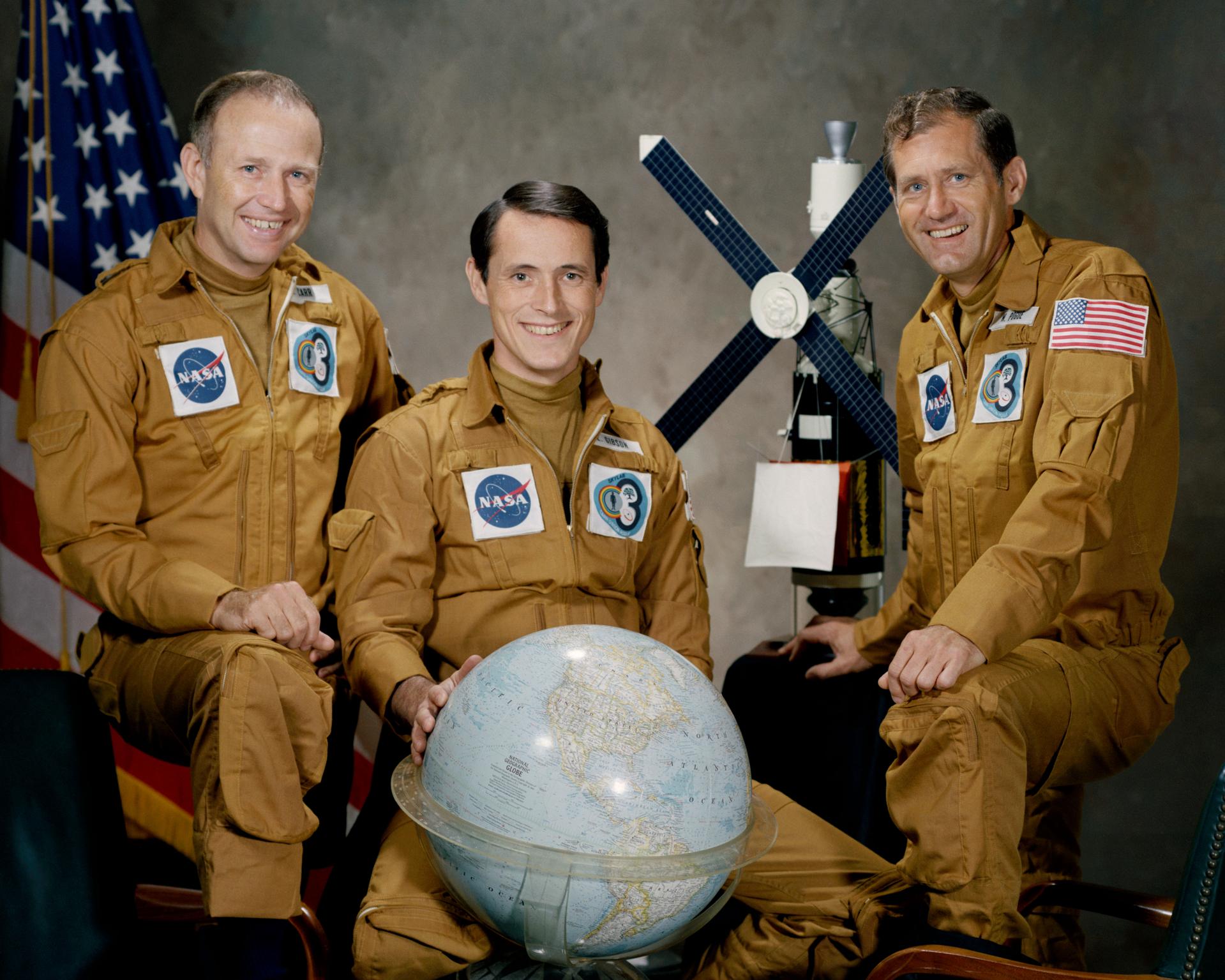
Skylab 4
Skylab
In 1973 and 1974, NASA pushed the boundaries of long-duration human space missions with Skylab, America’s first space station. With three crews performing hundreds of science experiments and unprecedented observations of the Earth and the Sun, Skylab laid the foundations for the space science program on the International Space Station and for future missions to the Moon and Mars.
Learn More